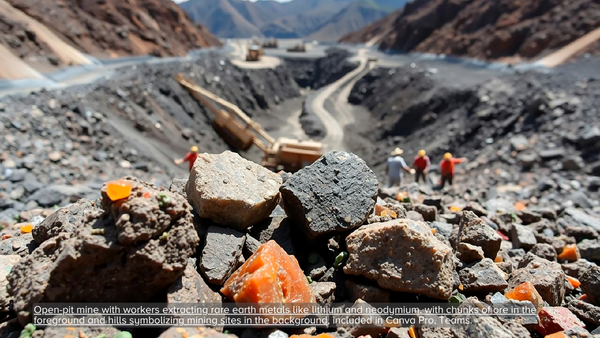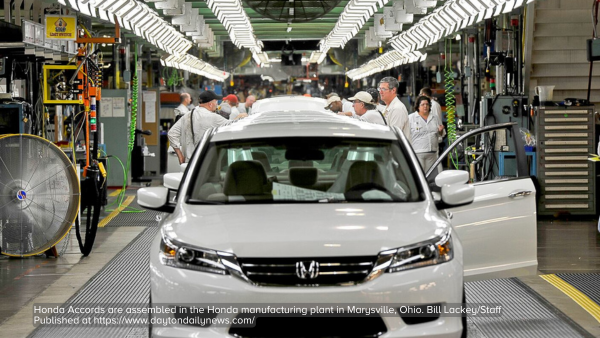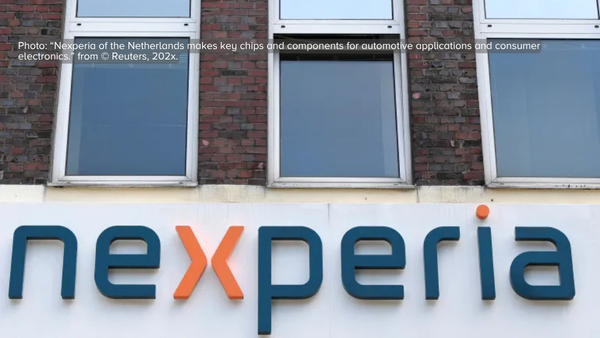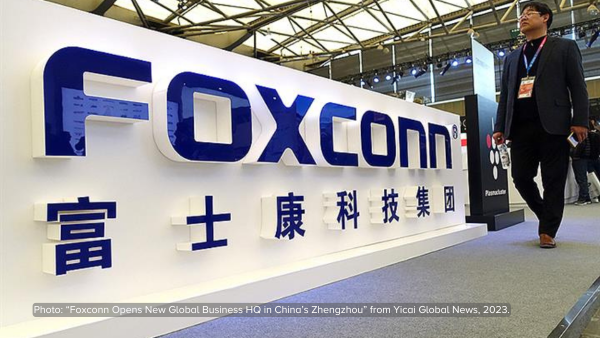After 34 years of doing business in the Philippines, chip giant Intel Corp is considering closing down its test and assembly plant there this year, according to reports.
Intel set up its test and assembly operations in Makati City, Philippines in 1974, and the manufacturing plant was later moved to a bigger facility in General Trias, an industrial town where the biggest industry is semiconductor, in the province of Cavite, located just south of Manila.
Intel confirmed with Electronic News that officials met with employees last week but said no final plans have been made as of yet. “We have made no decisions on this on our site in the Philippines," Intel spokesman Chuck Mulloy said. "We are currently exploring multiple options. In an effort to keep those employees informed, we updated them on planning and informed them that significant investments would be required to ensure the long-term viability of its factory building in Cavite.”
The writing may be on the wall, however, as in November 2006 Intel upped its investment in Vietnam to $1 billion to increase the size of a test and assembly facility it is building there from 150,000-square feet to 500,000-square feet. The Vietnam facility is to be the largest single factory within the Intel test and assembly network. Production is slated to begin at the plant in 2009. Intel plans to eventually employ as many as 4,000 people at the facility.
If this Philippines facility is closed, it is not clear if there would be an impact on the recently launched Intel-STMicroelectronics flash joint venture Numonyx, which has some of its 7,000 employees located in the Philippines.
One company that is definitely not pulling out of the Philippines is Texas Instruments, which announced in May 2007 that it planned to expand its test and assembly operations in Manila with a new, environmentally efficient site. TI's site is 77,000-square meters in size and is expected to eventually employ about 3,000 workers -- doubling the capacity that TI currently occupies in the Philippines. Construction began in the second half of 2007, with initial production to commence in the second half of this year.









